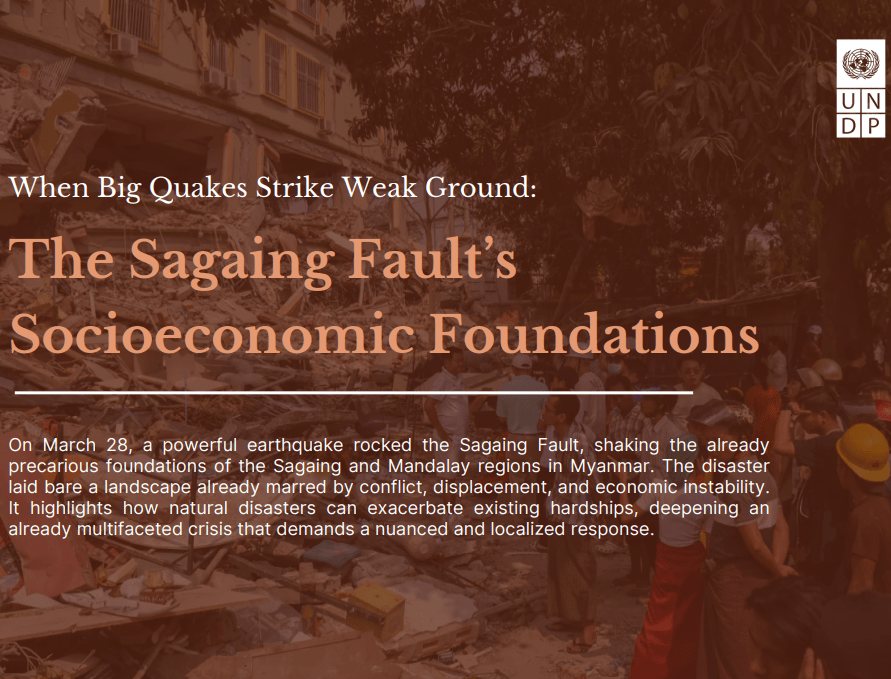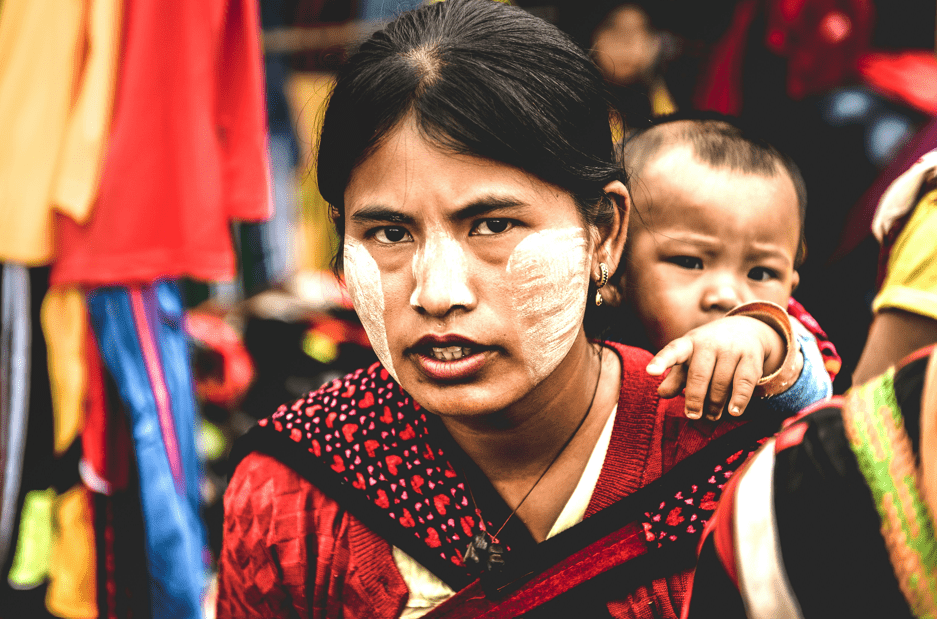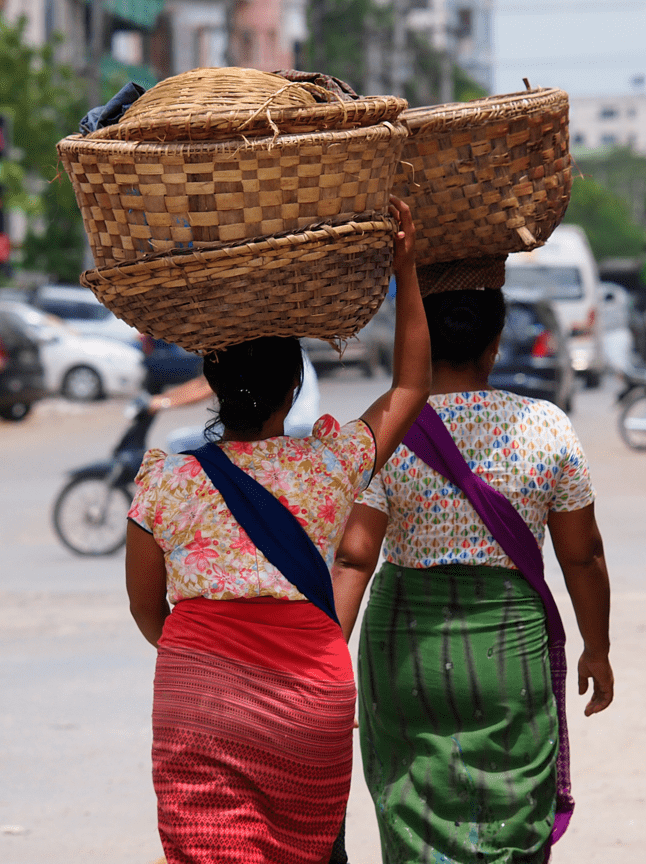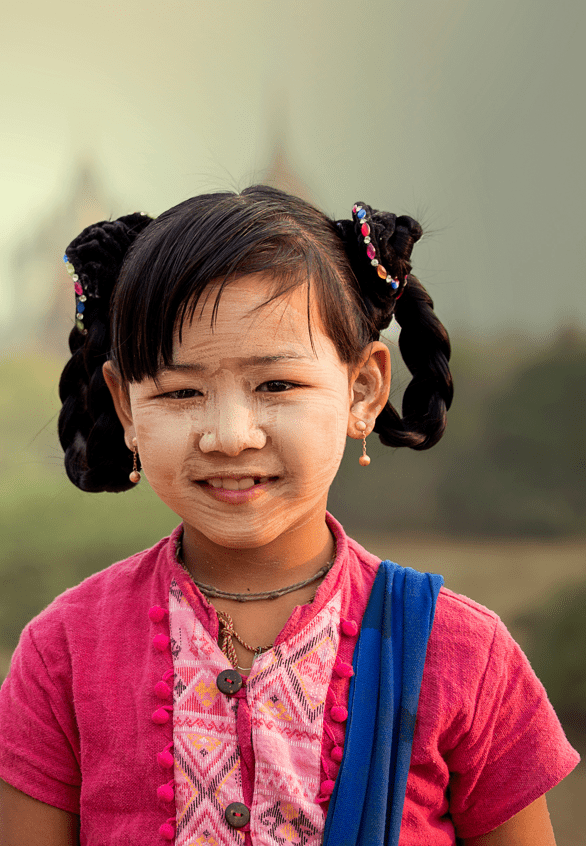
The Sagaing Fault’s Socioeconomic Foundations
While the earthquake delivered a sudden and devastating blow, it did so upon a foundation
The percentage of people living in poverty in Yangon increased from 13.7 percent in 2017 to 41.9 percent in 2022, following the COVID-19 pandemic and the military takeover in 2021, although the city ranked at the top of rankings for many socio-economic indicators in the pre-pandemic period. Women and men in Yangon must cope with poor legal protections, limited
December 2022
The percentage of people living in poverty in Yangon increased from 13.7 percent in 2017 to 41.9 percent in 2022, following the COVID-19 pandemic and the military takeover in 2021, although the city ranked at the top of rankings for many socio-economic indicators in the pre-pandemic period. Women and men in Yangon must cope with poor legal protections, limited economic opportunities, inflated costs of living, and an unhealthy environment as well as escalating urban violence. Most importantly, the caring responsibilities of women have increased. Hence, Yangon is degenerating, and the situation calls for support in restoring jobs and livelihoods, sustained improvements in access to health and education, and the creation of entrepreneurial activities, especially for women.
This baseline survey inducted by the UNDP and UN Women compares households in eight townships of Yangon with its remaining townships to gain a better understanding of the experiences, challenges, vulnerabilities, and emerging needs of households in Yangon. This study provides empirical evidence to pinpoint the impact of the Urban Resilience Project (URP) and serves as a baseline for future programme monitoring and evaluation.

While the earthquake delivered a sudden and devastating blow, it did so upon a foundation

Myanmar is grappling with an unprecedented “polycrisis” that has reshaped every aspect of life over

Coming soon Coming Soon Unveiling the Household-Based Human Development Index in Myanmar: Concentrated Loss and

Coming soon Coming Soon An Unfolding Exodus: Migration and Youth Perception To be published Coming